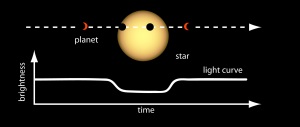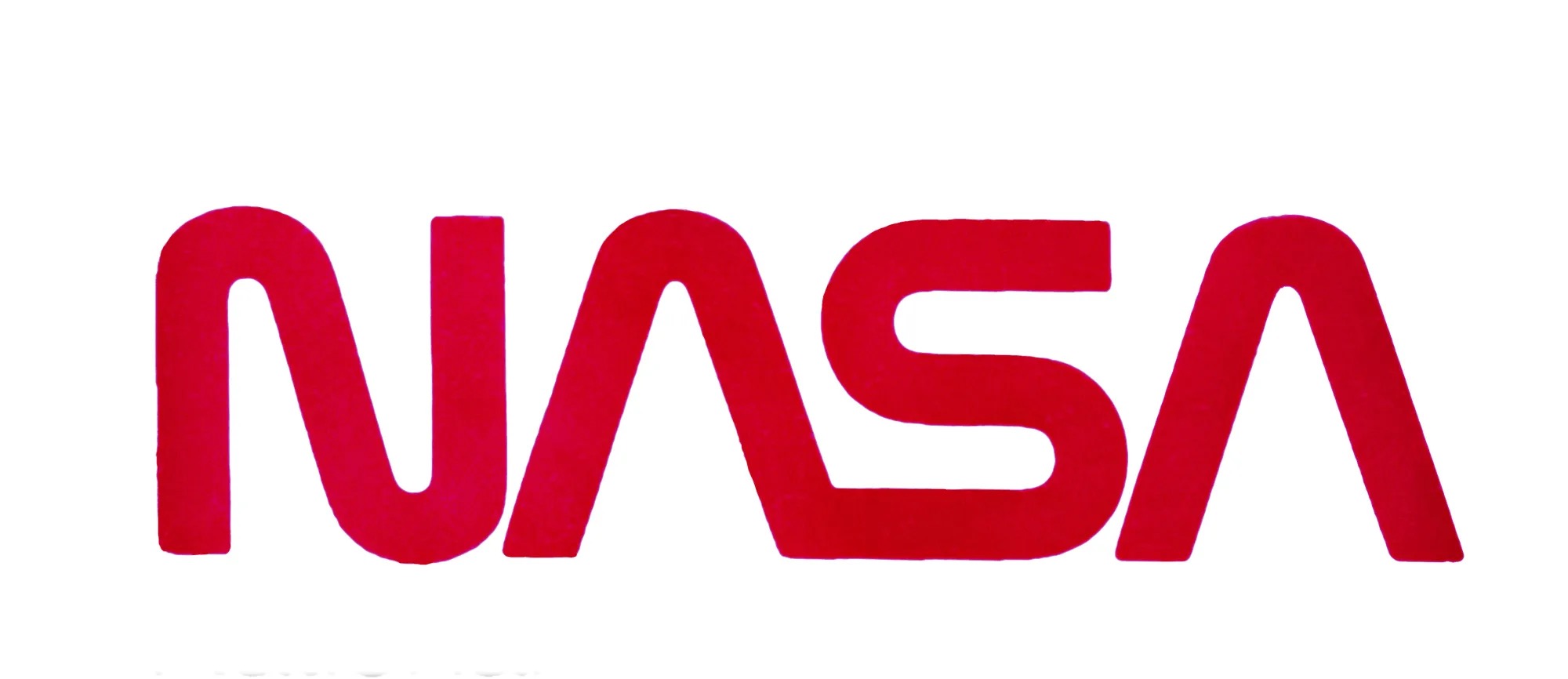From The National Aeronautics and Space Administration
5.21.24
Pat Brennan

Artist’s concept of planet TOI 4633 c in its double-star system. Credit: Ed Bell for Simons Foundation
The Discovery
A planet that could resemble a smaller version of our own Neptune orbits one of two Sun-like stars that also orbit each other. The planet dwells in the “habitable zone,” with a potentially moderate temperature, and poses a challenge to prevailing ideas of planet formation.
Key Facts
Astronomers once imagined that our solar system – with its middle-aged, quiet Sun hosting small, rocky planets in closer orbits and gas giants farther out – might be typical, even run-of-the-mill. But so far, in an era of increasingly powerful planet-hunting technology, it’s turning out to be anything but. Other planetary systems can look very different, if not downright weird (or are we the weird ones?). A system called TOI 4633 seems truly strange: a mysterious type of planet known as a “mini-Neptune” traces an Earth-like, 272-day orbit around one of two stars locked in their own orbital embrace. But the stellar orbits, and those of the mini-Neptune and a possible sibling planet, are raising questions about how planetary systems form – and whether such arrangements can remain stable over time.
Details
Among the thousands of exoplanets – planets beyond our solar system – confirmed in our galaxy so far, most were detected using the “transit” method: measuring the tiny dip in starlight as a planet crosses the face of its star.

And most of these transit detections involve planets with short orbits, their “years” – once around the star – lasting a few days or weeks.
So the detection of planet TOI 4633 c was a welcome departure. That isn’t only because its 272-day orbit places it in fairly exclusive company: 175 transiting planets found so far with years longer than 100 days, and only 40 over 250 days. The planet, detected using TESS (the Transiting Exoplanet Survey Satellite), also orbits in the habitable zone, the distance from a star that could allow liquid water to form on a planetary surface.

For planet c, of course, that’s almost certainly not the case; it most likely has a large, dense atmosphere, perhaps similar to Neptune’s, that would rule out surface water. A moon might be one way around this. The longer a planet’s orbital period, the more likely it is to host a satellite, so it isn’t difficult to imagine a potentially habitable moon, à la the fictional Pandora. The brightness of this system could make it a likely target in the continuing search for such “exomoons.”
The list of puzzling properties for this system continues. Measurements using a second detection method revealed a possible sibling planet with a 34-day orbit. This one does not, from Earth’s perspective, cross the face of its star, so its potential presence was revealed by “radial velocity.” The light coming from a star shifts slightly to and fro as the gravity of an orbiting planet tugs it one way, then another; follow-up investigations will be needed to confirm that the sibling planet, suggested by radial velocity measurements, is really there.
Further investigation of this system also could prove important for understanding binary star systems, or pairs of stars that orbit each other. A companion star in this case orbits the primary star in just 230 years, allowing them to approach each other closely by interstellar standards. The stars’ oval-shaped mutual orbit and close approach, along with a transiting planet on a long orbit around one of the stars, make this a standout system – one that will allow scientists to test their ideas about how planetary systems form and whether such unusual orbital configurations can manage to keep themselves stable over billions of years.
See the full article here .
Comments are invited and will be appreciated, especially if the reader finds any errors which I can correct.
five-ways-keep-your-child-safe-school-shootings
Please help promote STEM in your local schools.

The National Aeronautics and Space Administration is the agency of the United States government that is responsible for the nation’s civilian space program and for aeronautics and aerospace research.
President Dwight D. Eisenhower established the National Aeronautics and Space Administration (NASA) in 1958 with a distinctly civilian (rather than military) orientation encouraging peaceful applications in space science. The National Aeronautics and Space Act was passed on July 29, 1958, disestablishing NASA’s predecessor, the National Advisory Committee for Aeronautics (NACA). The new agency became operational on October 1, 1958.
Since that time, most U.S. space exploration efforts have been led by NASA, including the Apollo moon-landing missions, the Skylab space station, and later the Space Shuttle. Currently, NASA is supporting the International Space Station and is overseeing the development of the Orion Multi-Purpose Crew Vehicle and Commercial Crew vehicles. The agency is also responsible for the Launch Services Program (LSP) which provides oversight of launch operations and countdown management for unmanned NASA launches. Most recently, NASA announced a new Space Launch System that it said would take the agency’s astronauts farther into space than ever before and lay the cornerstone for future human space exploration efforts by the U.S.
NASA science is focused on better understanding Earth through the Earth Observing System, advancing heliophysics through the efforts of the Science Mission Directorate’s Heliophysics Research Program, exploring bodies throughout the Solar System with advanced robotic missions such as New Horizons, and researching astrophysics topics, such as the Big Bang, through the Great Observatories [Hubble, Chandra,
Spitzer and associated programs, and now the NASA/ESA/CSA James Webb Space Telescope.




And now NASA’s PACE spacecraft will help us better understand our ocean and atmosphere by measuring key variables associated with cloud formation, particles and pollutants in the air, and microscopic, floating marine life (phytoplankton). These observations will help us better monitor ocean health, air quality, and climate change.

NASA shares data with various national and international organizations such as The Japan Aerospace Exploration Agency [国立研究開発法人宇宙航空研究開発機構](JP) and The European Space Agency [La Agencia Espacial Europea] [Agence spatiale européenne] [Europäische Weltraumorganization](EU).

